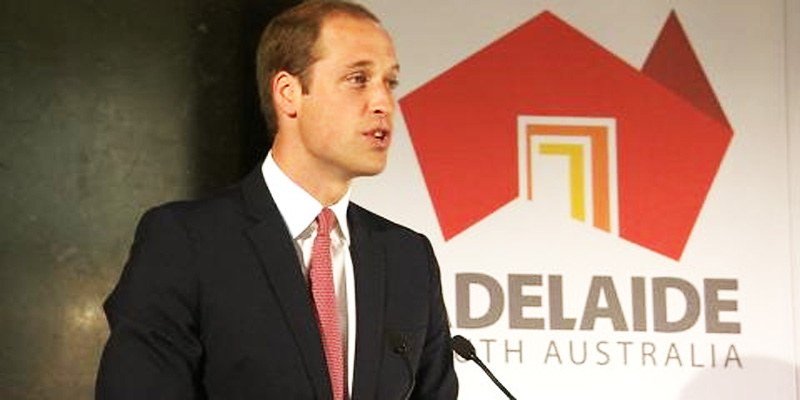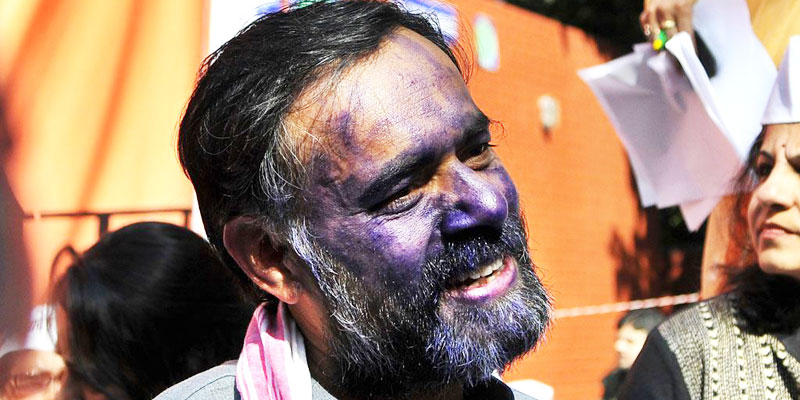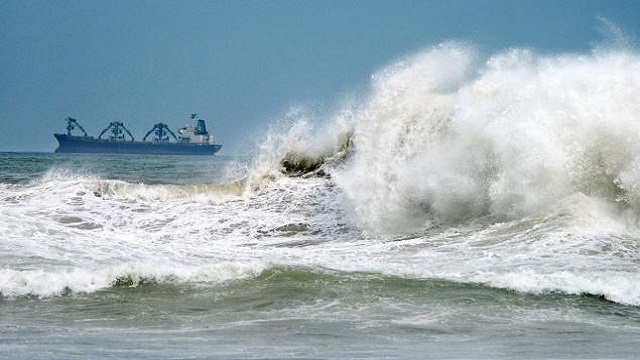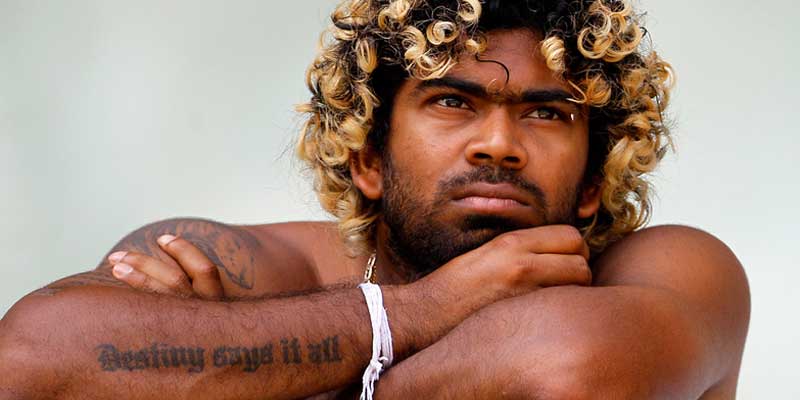With the crash of Malaysian Airlines flight MH17, the dreams of millions of HIV patients and researchers also crashed in the Eastern Ukrainian airspace.
With the crash of Malaysian Airlines flight MH17, the dreams of millions of HIV patients and researchers also crashed in the Eastern Ukrainian airspace. Over 100 HIV research scientists and activists are feared to have lost their lives in the terrible turn of events where the ill-fated boeing 777 was allegedly shot down by militants.
The news came through US President Barack Obama who, in an address, claimed that “nearly 100” of those killed — one third of the 298 people on board MH17 — may have been en route to the 2014 International Aids Conference in Melbourne. The conference is scheduled to begin this weekend.
The White House also said that the figure came from remarks made by Australian Prime Minister Tony Abbott.
However, the conference organizers have only been able to confirm seven names. They believe that the actual number may be smaller. Their efforts have been complicated by the fact that the airline has not released a passenger manifest. The organizers have been relying on information from colleagues, friends, family members and authorities from various countries.
It should be noted that there were 28 Australians on board the plane, along with 154 Dutch nationals, 43 Malaysians, 12 Indonesians, nine passengers believed to be from the UK, four each from Germany and Belgium, three from the Philippines, one Canadian and one from New Zealand. The nationalities of 39 passengers had not yet been verified.
Among the dozens of HIV researchers, activists, consultants and policy experts on board MH17 was a former leader in the field, Joep Lange from the Netherlands, who was travelling with his wife, Jacqueline van Tongeren.
Lange, 60, was president of the International Aids Society and professor of medicine at the academic medical centre of the University of Amsterdam. He specialised in drugs to treat HIV infection and prevent people developing Aids. He was also senior scientific adviser to the International Antiviral Therapy Evaluation Centre in Amsterdam.
Having helped to develop drugs for HIV, he was in the forefront of efforts by the scientific community to make them widely available to a population in the developing world who could not possibly pay the very high prices drug companies asked.
His scientific contributions included partnering with top Canadian AIDS researchers on a watershed 1998 study that helped usher in a drug treatment known as a “triple cocktail,” which became today’s mainstay therapy for people with HIV. The then-controversial treatment involved a combination of three or four different types of antiviral medications, up to 20 pills a day in its early years. But it has effectively tempered the virus from a degenerative, fatal infection to a chronic and manageable ailment.
Around the time of the 2000 Durban Aids conference, when the controversy around access was at its height, a three-drug combination cost $10,000 per patient per year.
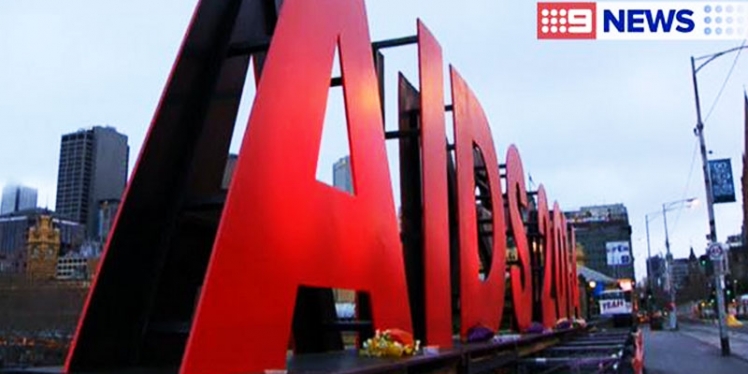
In 2001, Lange founded the PharmAccess Foundation which worked to get access to the drugs for those in poor countries. He continued as its chair until his death. He was also co-director of an HIV research collaboration based in Thailand.
Developing-world politicians understandably often balked at the expense of triple therapy —a year’s supply of just one medication could run to $25,000 per person — but Lange kept up the pressure on them, on Western countries, and on the drugmakers, stressing that the HIV epidemic could be fought and tens of thousands of deaths prevented.
Other names mentioned include Martine de Schutter, executive coordinator of the campaigning group Aids Action Europe; Pim de Kuijer, a Dutch Aids activist and parliamentary lobbyist, who spent time as an intern with the MEP Lousewies van der Laan; Ms van Tongeren, a board member of the action group ArtAids; researchers Martine de Schutter and Lucie van Mens; and Glen Thomas, 49, a former BBC journalist who moved from Blackpool to Geneva to work for the WHO as a press officer.
About 14,000 delegates were expected at the conference.
AIDS research has been marked by previous aviation disasters. Irving S. Sigal, a molecular biologist who helped develop the drugs used to treat HIV, died in the explosion of Pan Am Flight 103 over Lockerbie, Scotland, in 1988. Ten years later, prominent researchers Jonathan Mann and Mary Lou Clements-Mann died in the crash of Swissair Flight 111 off the coast of Nova Scotia, Canada. Jonathan Mann, a former head of the WHO’s global Aids programme, had died in a Swiss-air crash in 1998.
But this terrible loss to the world in particular will set back the HIV research by more than a decade.

